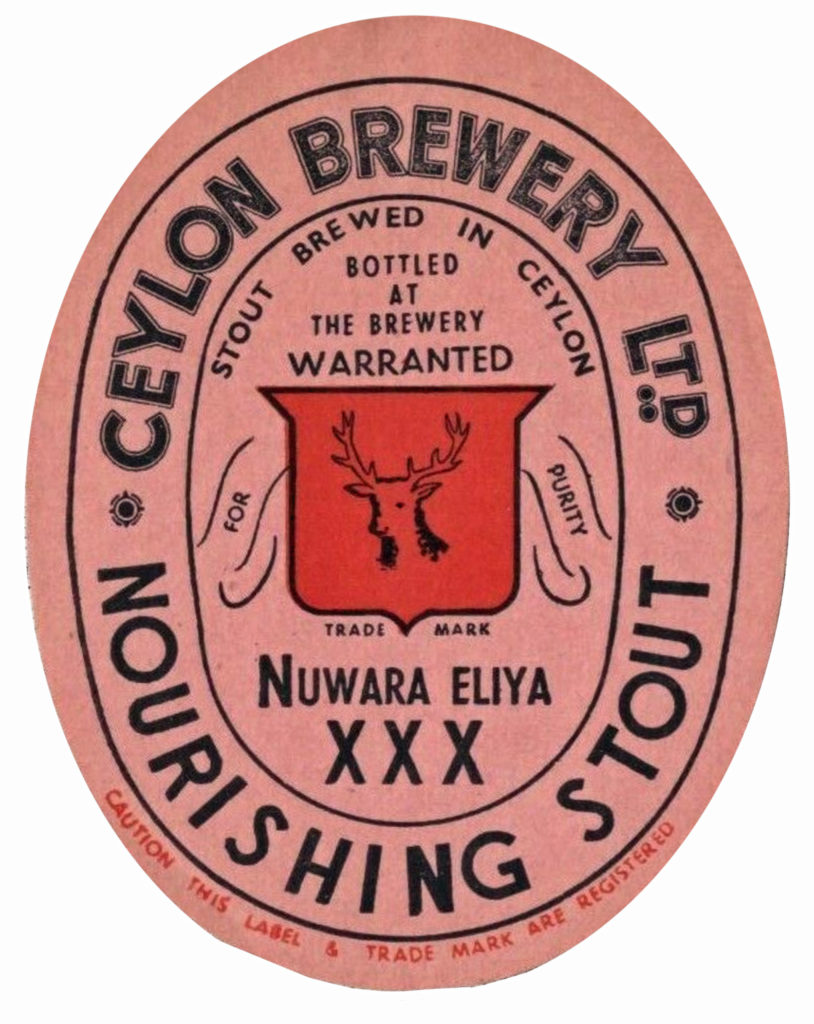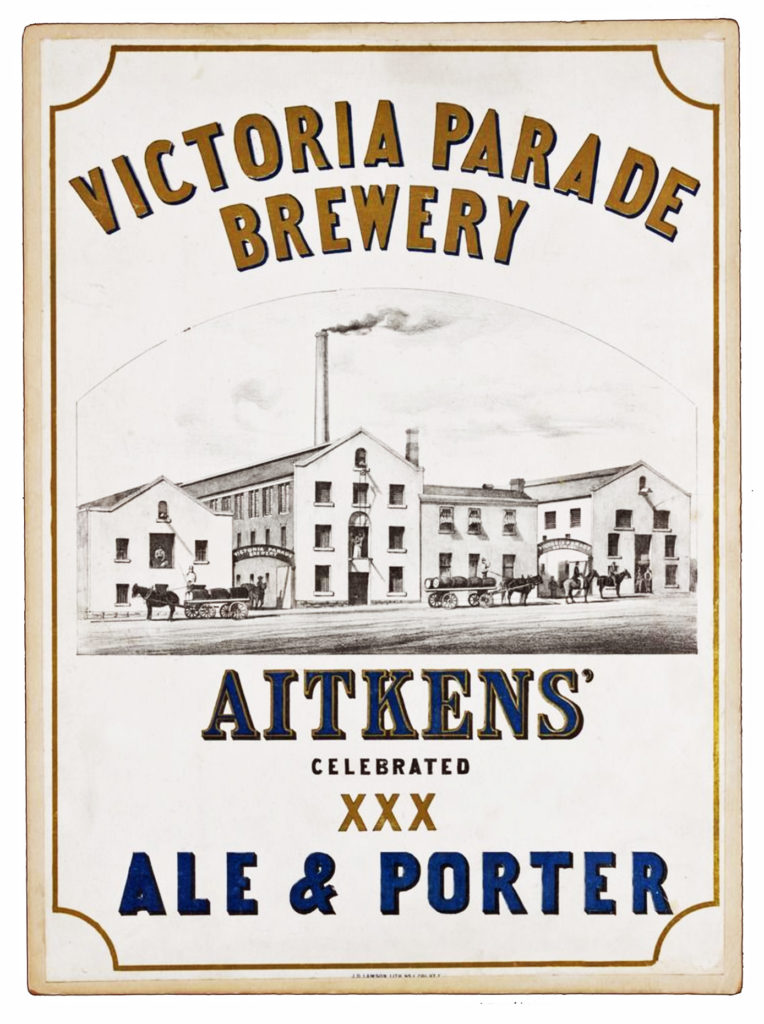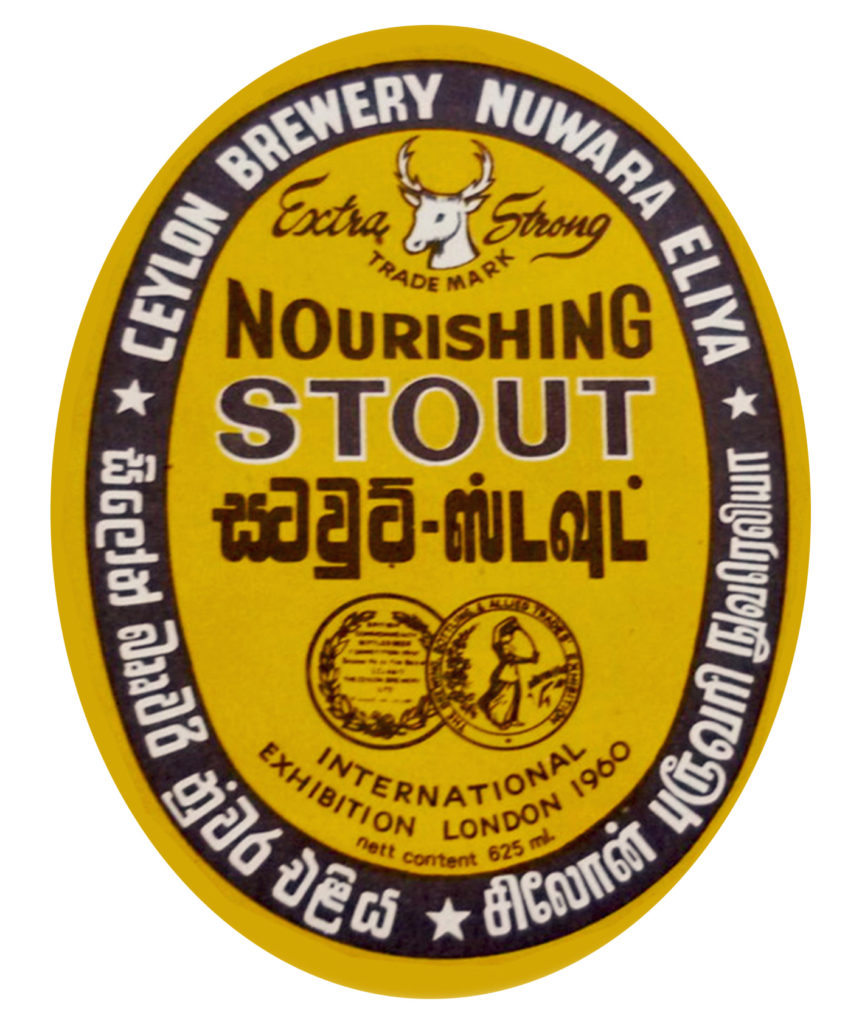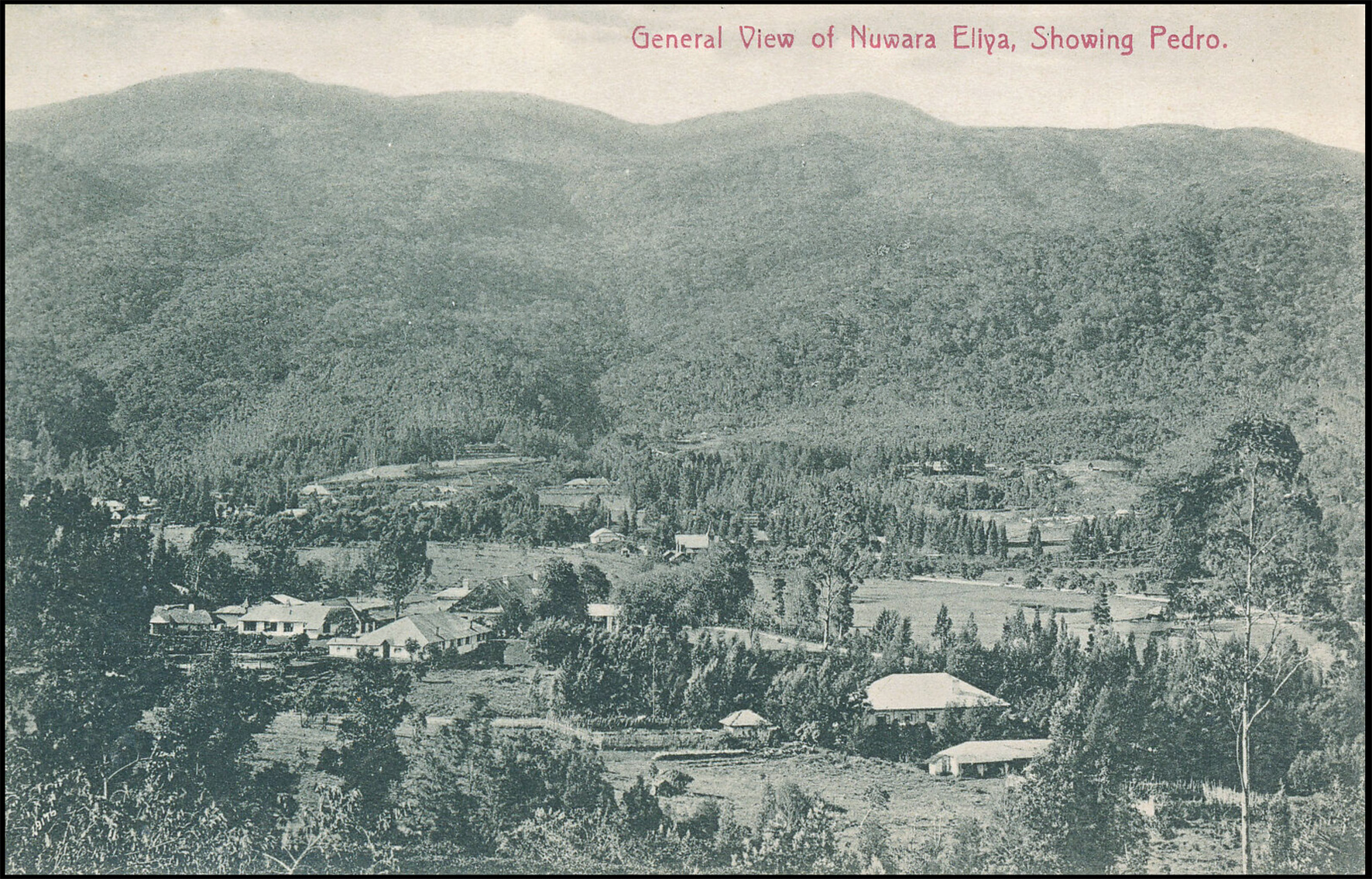Rule number one in the history writing biz is: don’t just copy-and-paste stuff off the internet (or from anywhere else), because the chances are high that what you have copied is wrong, and some fecker (me, in this case) will come along and hold you up to ridicule and abuse.
I’m talking about you, today, Carlsberg, for some egregious copying-and-pasting with no original research at all on your corporate website, which claims, vis-à-vis the Lion brewery in Sri Lanka, a fair slice of which is owned by the Danes, that
“The Ceylon Brewery was the first brewery in Sri Lanka. It was established in 1881 by Sir Samuel Backer as a cottage industry, catering for the British colonial tea plantations in the hill country retreat of Nuwara Eliya. With its cool climate and natural spring water, Nuwara Eilya was the ideal location for a brewery. It acquired limited liability company status in 1911.”
Let us deconstruct this nonsense. The man they are talking about as the alleged founder of the Ceylon Brewery was actually Samuel Baker, not Backer. He started a small brewery at the hill station of Nuwara Eliya, high in the mountains of what was then Ceylon, around 1849/50, which closed a few years later. It was not built to cater for tea plantations, because there were none in Ceylon at that time: the first tea field on the island was only planted in 1867. Baker’s brewery was nothing to do with the brewery that opened 26 years after he left Nuwara Eliya. That brewery did not rely on spring water, but a stream that flowed down through the brewery site from the Lover’s Leap waterfall nearby. The brewery founded in 1881, which was, of course, the second on the island, after Baker’s, became a limited company in 1910.

Mind, even at five errors in four sentences, that’s not the worst pile of nonsense on the internet about what is now the Lion Brewery, famous today for an award-winning strong stout that is one of the last links with British colonial brewing in Southern Asia. The Lion Brewery’s own website is full of rubbish (and bizarre random capitalisation) as well:
“It is in 1860 that our story Begins. British Planter Sir Samuel Baker decided to establish a home brewery in the cool climes of Nuwara Eliya, although it was in 1881 that the facet of commercial brewing is evidenced, managed by Messrs Bremer and Pa Bavary. Ownership changed in 1884 to Murrey Brewery Company Rawalpindi, who later sold out to Ceylon Brewery, helmed by the pragmatic J B Hampson and later G W Lindsay White, who founded The Ceylon Brewery Limited in 1911.”

At least that doesn’t claim that Baker actually founded the concern that became the Ceylon Brewery Ltd, but there are still some very odd errors there. Baker had left Ceylon for Britain in 1855 (and he wasn’t knighted until 1866), so our story doesn’t begin in 1860 at all. “Pa Bavary” is a bizarre mangling: this was actually a young Belgian brewer and chemist called Auguste de Bavay. The brewery he started with a Nuwara Eliya planter named Mountsteven Bremer in 1881 suffered from a serious lack of capital, and collapsed early in 1884, and it was subsequently bought by the Murree Brewery Company (not Murrey) of Ghora Gali, 30 miles from Rawalpindi. (De Bavay left Ceylon in March 1884 to take up a position as brewer with T & A Aitken’s Victoria Parade brewery in Melbourne, Australia. He went on to have an extremely successful career as a brewer, chemist and yeast scientist, building on the work of Emil Christian Hansen at the Carlsberg brewery in Copenhagen to develop the first pure yeast used commercially in Australia, and joined Foster’s brewery in Melbourne as chief brewer in 1894, later acting as a consultant for, among others, the Swan Brewery in Perth and the Cascade brewery in Tasmania. He also had success in areas as diverse as bacteriology, metallurgy and paper making.)

The Murree Brewery Company ran the brewery in Nuwara Eliya for nine years, before pulling out, and the concern was acquired around April 1893 by a consortium led by the former transport agent for the business, an Irishman called George William Lindsay White, who was managing director of the Ceylon Brewery for nearly 30 years until a year or so before his death aged 77 in 1922. Under Lindsay White the Ceylon Brewery became a limited company in 1910. I have no idea how “the pragmatic J B Hampson” got into the story so early: John Bagshawe Hampson was a child, at best, when Lindsay White died. He was a student brewer at Samuel Smith’s in Tadcaster in 1939, and had moved to the Ceylon Brewery by 1950 when the first of his three children was born and christened in Nuwara Eliya. Hampson was manager at the brewery until 1963, when he returned to England to work for Porter-Lancastrian. So that’s six errors by the Lion brewery, five new and one repeated.
I used to slag off Wikipedia for its multiple errors, but the general level of accuracy has improved greatly over the past ten or 12 years. However, the entry on the Lion Brewery repeats most of the inaccuracies on the Carlsberg and Lion websites and adds some extra, just for you:
“The Ceylon Brewery was the first brewery established in Sri Lanka. It was established in 1849 by Sir Samuel Baker (1821–93) as a cottage industry, catering for the British colonial tea plantations in the hill country retreat of Nuwara Eliya. Nuwara Eliya was the ideal location for a brewery, with its cool climate and natural spring water. It wasn’t however until 1881 that it began brewing on a commercial basis, with the Ceylon Brewery Company, managed by Messrs Bremer and Pa Bavary. In 1884 the brewery was taken over by the Mohan Meakin Brewery of India, who later sold out to Ceylon Brewery, operated by John Bagshawe Hampson. In 1911 the brewery was acquired by G.W. Lindsay White and received limited liability company status, as the Ceylon Brewery Limited.”

That’s ten errors, including the Murree Brewery Company inaccurately and anachronistically being called “Mohan Meakin”: not only did the name Mohan Meakin not exist until the 1960s, but the Murree Brewery Company was always (and remains) a separate concern from the constituents of what became Mohan Meakin. Anyone digging into the history of brewing in India ought to know that. I also struggle to understand how anyone could look at “Pa Bavary” and not think: “Hang on, that can’t be right.” This is really not at all difficult to research: the British Library can give you web access to scanned, OCR’d copies of the Ceylon Observer, where you can speedily find the facts about De Bavay, Bremer, the Murree Brewery Company and the rest. Some trifling online detectiving, and gaps in the narrative, such as De Bavay’s and Bremer’s first names, can be filled in. It took me a morning.
Of course, the appearance of “Pa Bavary” in the Wikipedia entry means this invented individual now pops up in a host of different places. “Rewrite the Wikipedia entry!” you cry – thanks, but I don’t have the time right now to mess with Wikipedia’s templates, only to have some clown revert it later because it’s “original research”. I am also reluctant to help Wikipedia while it maintains its indefensible stance that it knows better than the Manners family how to spell the title of the Marquis of Granby: while “Marquess” is the spelling preferred by many families in Britain who use that title, the Manners family is one of those that uses the spelling “Marquis” in the courtesy title of the Duke of Rutland’s eldest son. Wikipedia, however, has decreed that its style for the title is “Marquess”, and in the face of all the evidence insists on calling the man who gave his name to so many pubs the “Marquess of Granby”. It’s rich when a pub sign is more accurate than an on-line encyclopedia.


Thank you for the (corrected) history lesson, Martyn. “Bizarre random capitalisation” has been ‘Normalized’ most Recently by Donald tRump, at least as Far as American influence goes (not that that Teetotaller had —or would have— anything to do with the Lion Brewery or Sri Lanka, for that matter). We apologize.
It makes me wonder if the Dutch (present on Ceylon in the 17th and 18th centuries) hadn’t established a brewery there at some point. After all, they were the first to establish a (Western style) brewery in Brazil and South Africa. If I find anything, I’ll let you know.
[…] Next, Martyn has continued in his Martyn-like habit of posting long excellent blog posts with another long excellent blog post on corporate misinformation about a certain Sri Lankan brewery’s history:*** […]
John Hampson was my father-in-law (d.1998). Born in Calcutta 1917, he came to UK in 1920 and trained with John Smiths Tadcaster brewers. After wartime service in the Indian Army he went to Ceylon in 1947 to be the brewer at Ceylon Beers. The Manager at that time was Arthur Wood Hobley who had gone to Ceylon in 1919 intending to be a rubber planter, but by 1920 was recorded as a brewer. John Hampson married Wood Hobley’s daughter Rae. They returned to UK in 1964. Their elder daughter Judy was my wife (d.1999).
Thank you very much indeed, Peter, that’s terrific. If you have any more information about John Hampson and the Ceuylon Brewery I would be delighted to hear it.